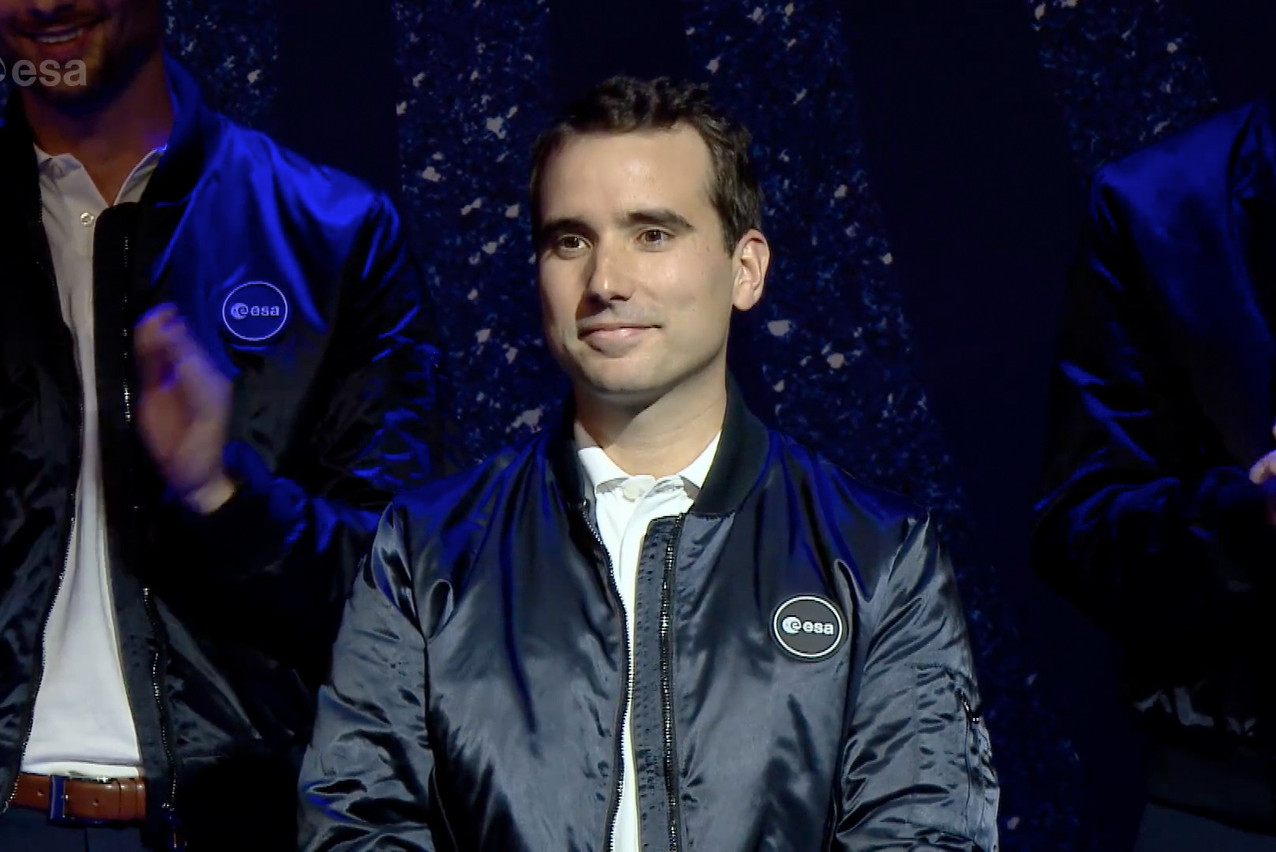The European Space Agency (ESA) had not recruited any new astronauts since 2008. , to which 22,500 people responded, for six open positions in the European astronaut corps, in addition to ten or so for reservists and astronauts with physical disabilities.
The names of the lucky candidates were announced at a presentation on Wednesday 23 November in Paris. Among them, Raphaël Liégeois, 34 years old. He will fly under the Belgian flag, his country of birth. However, he has also held Luxembourg nationality since 2018 and his parents live in Differdange.
Liégeois himself lives in Geneva, Switzerland, where he is a researcher and teacher at the Institute of Bioengineering of the Swiss Federal Institute of Technology in Lausanne and at the Department of Medical Informatics of the University of Geneva.
He is a career astronaut, not a reservist.
€16.9 billion budget for ESA
Before his post-doctorates (in medical imaging processing and computational brain imaging), he studied engineering at the École Centrale de Paris, fundamental physics at the Université Paris-Sud Orsay and biomedical engineering and medicine at the Université de Liège before obtaining a doctorate in engineering sciences.
A hot-air balloon pilot, Liégeois is fluent in French, English and Dutch. He also speaks German and Luxembourgish.
ESA also presented its budget for the next three years. It amounts to €16.9 billion, an increase of 16.5%. Luxembourg's participation will amount to €131 million (0.8% of the total budget), compared to €129 million in 2019 (0.9%). The largest contributors are Germany (20.8%), France (18.9%) and Italy (18.2%).
This article was first published in . It has been translated by Delano.
